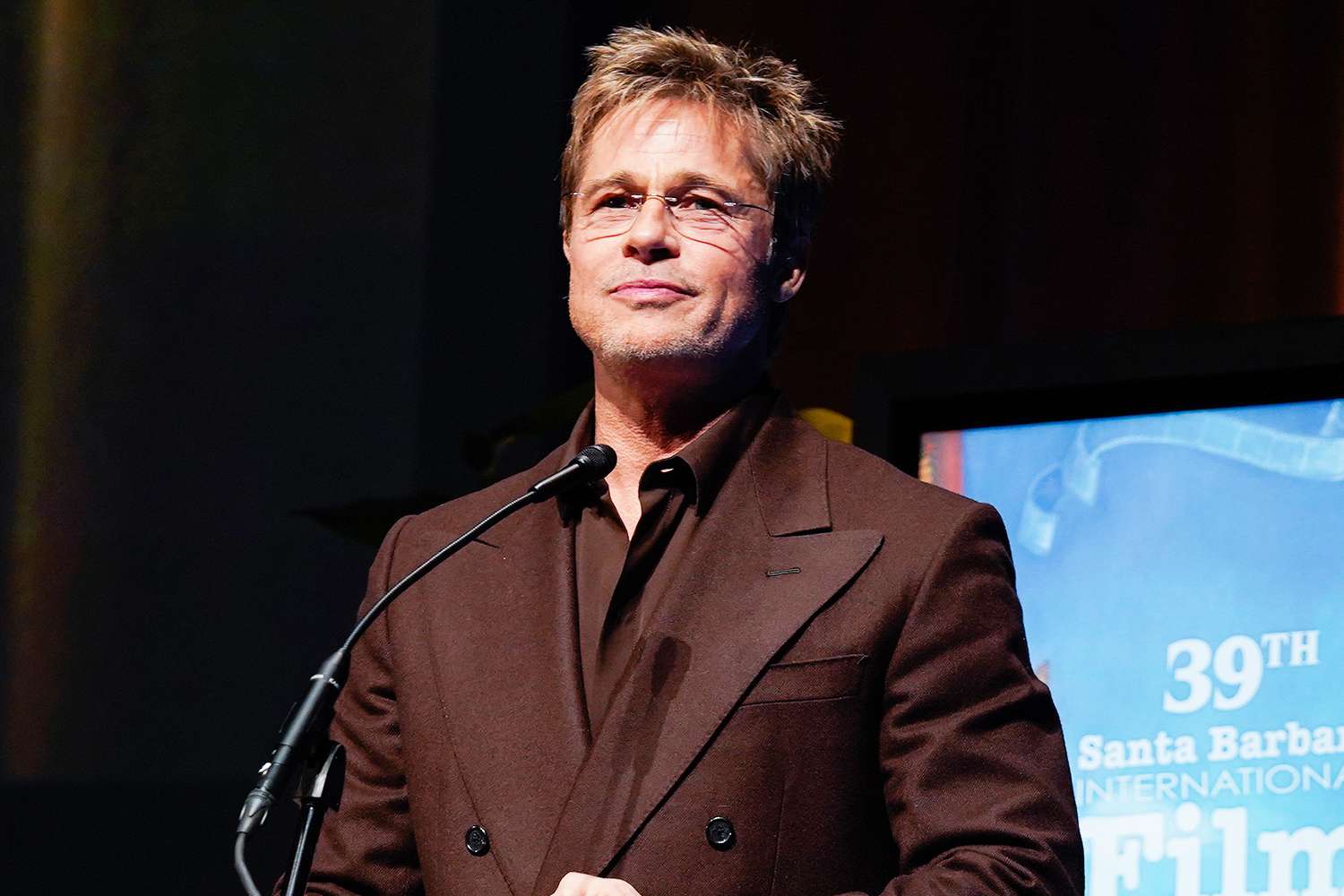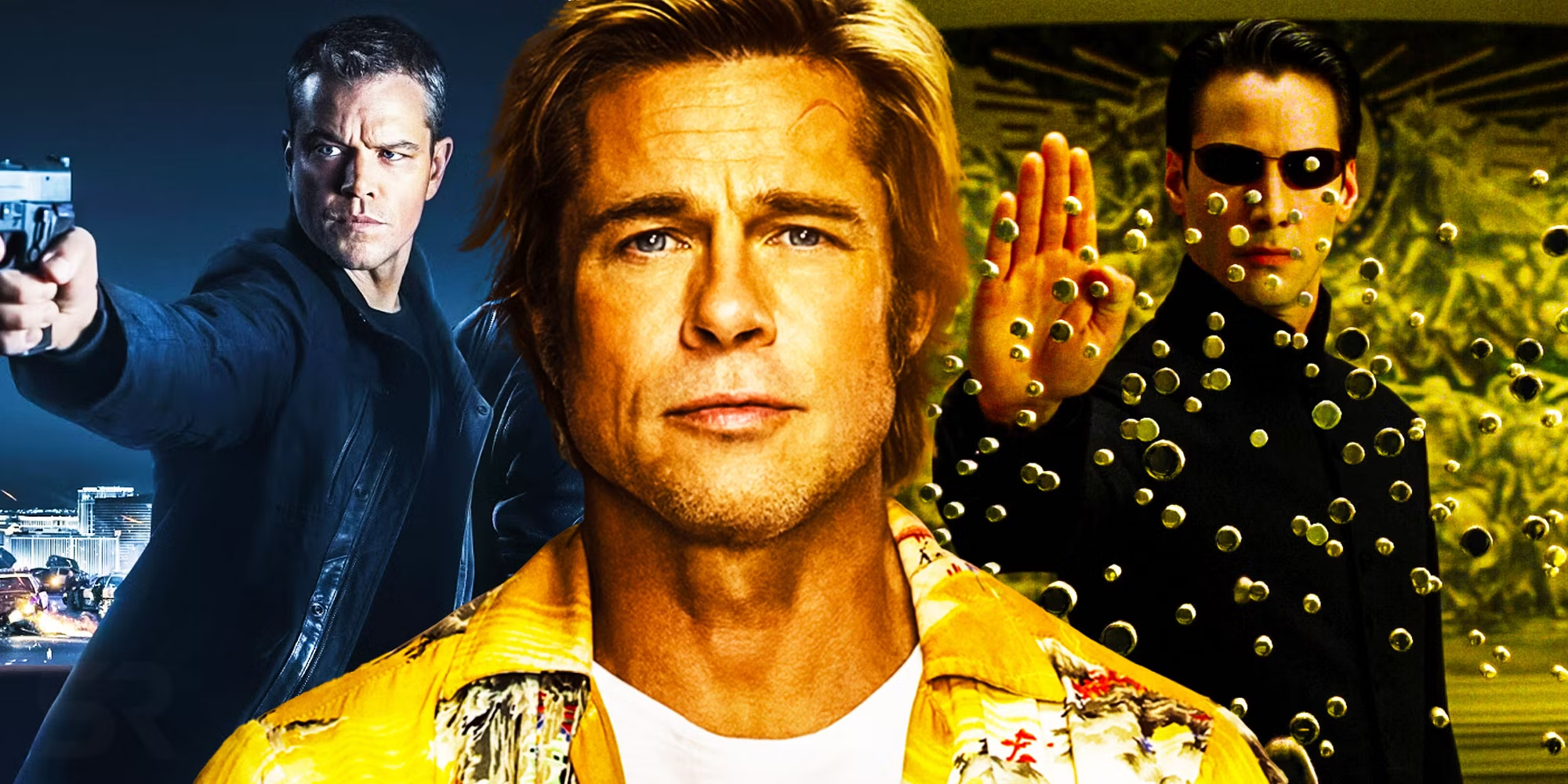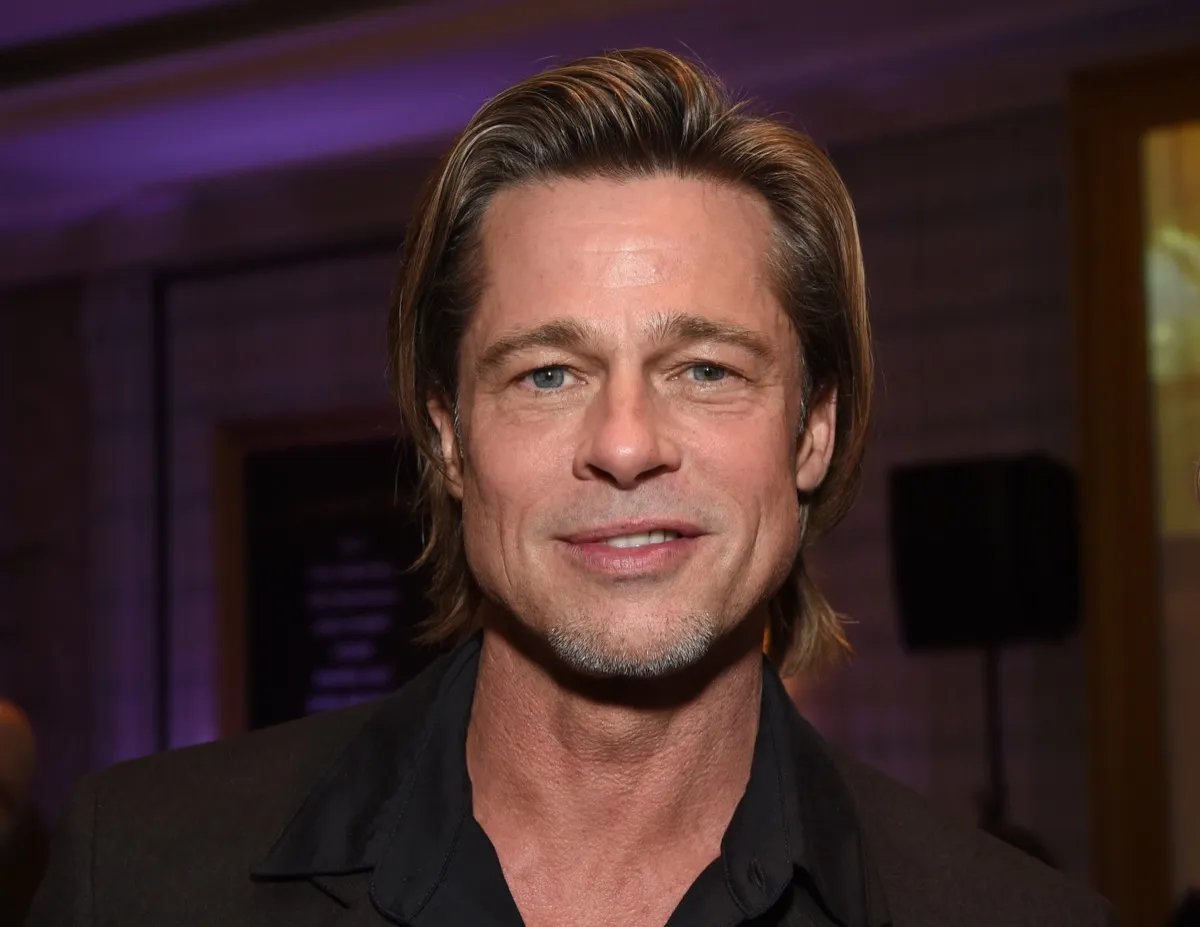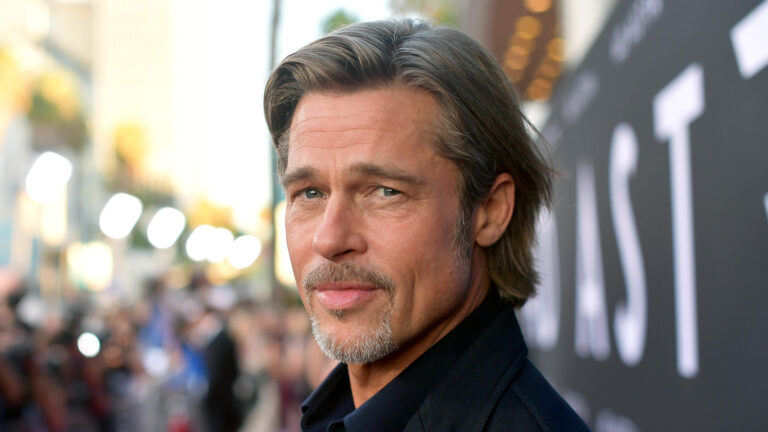Hollywood star Brad Pitt, renowned for his versatile performances across various genres, has consistently been at the forefront of the film industry. Among his vast array of notable works, the 1995 crime thriller Se7en is often highlighted not just for its chilling narrative but also for its profound impact on cinema and Pitt’s career. Directed by David Fincher, Se7en offered a psychological depth paired with a level of suspense that was both unsettling and captivating, primarily due to its infamous ending.

The Demands That Shaped a Masterpiece
In Se7en, Brad Pitt portrays Detective David Mills, who, alongside Detective William Somerset (played by Morgan Freeman), is on a relentless pursuit of a meticulous serial killer, John Doe (Kevin Spacey). The killer’s modus operandi involves staging grotesque murders reflective of the seven deadly sins. The film’s climax, known for its shocking twist involving Mills’ wife, portrayed by Gwyneth Paltrow, is particularly noteworthy not only for its narrative shock value but also for the behind-the-scenes demands that Pitt imposed before agreeing to the role.

In a bold move against the studio’s initial direction and Fincher’s darker vision, Pitt insisted that the ending of the film be handled with a specific restraint. The actor was adamant that the movie’s final scenes remain unaltered from what audiences eventually saw, which was crucial in maintaining the film’s emotional and psychological impact. He famously demanded,
a line that has since become iconic, ensuring that the gruesome content did not overshadow the film’s narrative strength and psychological impact.
Fincher’s Vision Versus Pitt’s Insistence
David Fincher, known for his meticulous attention to detail and unique vision, had initially planned a more graphic conclusion to the film. The alternative ending would have potentially included a darker, more abrupt finish, with a pitch-black screen following Doe’s death, leaving the audience in stunned silence as the credits rolled. This would have deprived viewers of any narrative closure, intensifying the film’s dark theme.
However, Pitt’s intervention ensured that the ending not only preserved the emotional gravity but also offered a slight narrative resolution through Somerset’s closing remarks. This decision effectively balanced the intense climax with a moment of reflection, allowing the audience to digest the horrific revelation and its implications on Mills’ psyche.

The Lasting Impact of Pitt’s Artistic Stand
Brad Pitt’s insistence on keeping the ending less visually explicit while ensuring it packed an emotional punch highlighted his deep understanding of his character and the story. His ability to influence the final cut not only demonstrates his power and foresight as an actor but also his commitment to serving the story’s psychological impact over mere shock value.
The ending of Se7en remains one of cinema’s most talked-about conclusions, largely due to Pitt’s artistic demands. It serves as a prime example of how actor input can play a crucial role in shaping film history. Pitt’s stand against a more graphic depiction emphasized the narrative’s emotional depth over visual horror, making Se7en a classic that continues to resonate with audiences and critics alike.
In reflecting on these creative conflicts and their resolutions, Se7en not only remains a pivotal film in Brad Pitt’s career but also a testament to the collaborative nature of filmmaking, where artistic visions and actor insights merge to create cinematic masterpieces.

